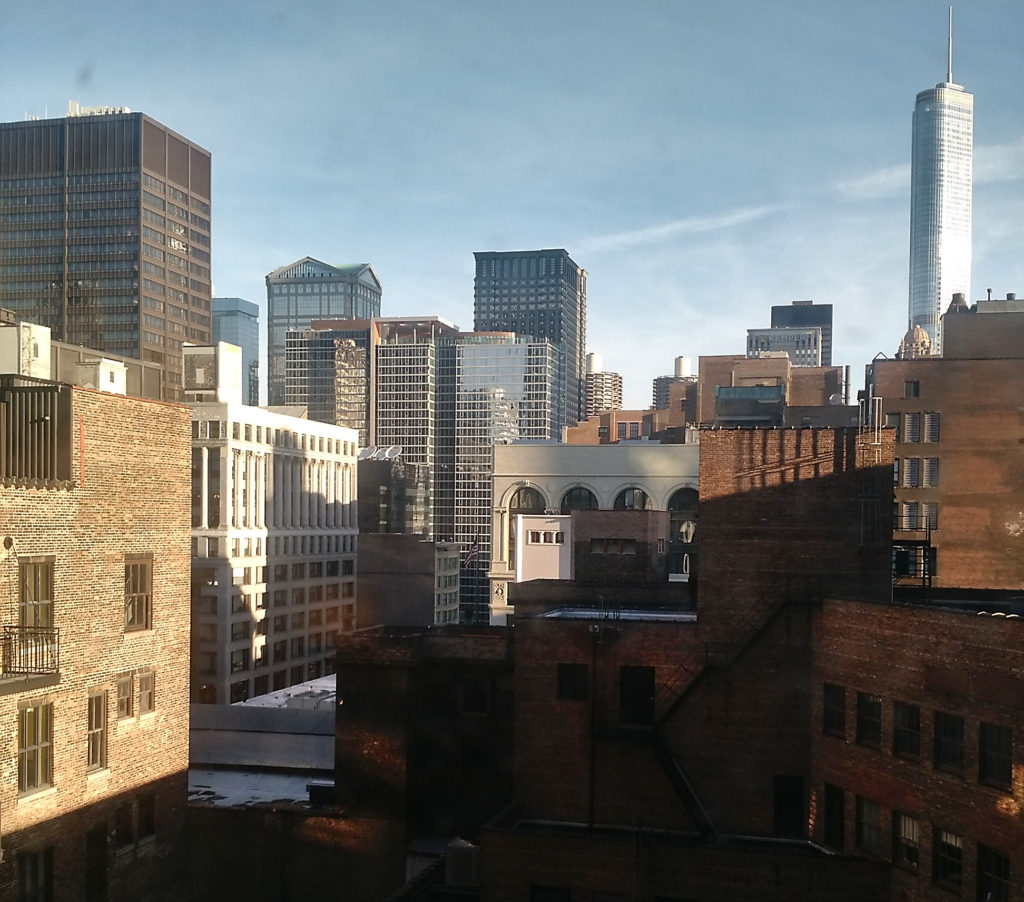Is there an optimal city size? A lot of it comes down to personal preference, of course. If you want to go to the symphony, you need to live in (or near) a city big enough to support a symphony orchestra.
Putting mere preference aside, though, there are some things that ought to be more generally applicable. I remember back in the late 1970s, playing with some data my dad found that reported a bunch of metrics for all the villages, towns, and cities in Michigan.
My dad had hypothesized that there was considerable benefit to the earliest stages of growth (when a town got big enough to move from a volunteer fire department to a professional one, big enough to move from wells and septic tanks to a municipal water and sewer system), but that further growth beyond that stage came with costs that outweighed the benefits.
The data I looked at did show some support for my dad’s position, but I found it hard to make a good case with just the Michigan data. There was only one big city (Detroit), which was something of a special case even then, and only has become more so. I produced some graphs that seemed to show reasonably linear improvements in various metrics of “goodness” as cities grew, on which Detroit appeared to be an outlier—gaining less-than-linear benefit from its growth. I wrote a brief report of my analysis for an economics class, but didn’t have time to delve any deeper.
Just in the past few days, though, I saw the New York Times magazine article “A Physicist Solves the City,” reporting on the work of Geoffrey West and Luis Bettencourt to produce a model that describes urban performance as a function of population. Very briefly, they have found that both good things (GDP, income, patents) and bad things (traffic, crime) grow super-linearly with population growth: Increase the population by 100% and you get a 115% increase in most of the measurable aspects of urban life.
I looked at West and Bettencourt’s article in the magazine Nature “A unified theory of urban living” (article is behind a pay wall), which lays out the case in a little more detail, and offers some references. It shows a graph of crime, GDP, income, and patents versus city population. The log/log graph does look strikingly linear (suggesting a super-linear relationship). However, the data come from just US 360 metropolitan areas. That suggests (assuming that they’re working with the largest US cities), that the authors have excluded cities with populations below about 100,000 people. (The 360th largest metropolitan statistical area from the 2000 census was Ocean City, NJ, with a population of 102,326.)
So, this work doesn’t really test my dad’s hypothesis. I’d be really interested to see what the similar curves look like for smaller metropolitan areas. I wouldn’t be surprised to see that growing your population from 1,000 to 10,000 produced rather more than a 15% boost over linear growth.


 Do municipal taxes bring in enough money to maintain our urban and suburban infrastructure? In the densest urban areas, probably yes. Otherwise, generally no.
Do municipal taxes bring in enough money to maintain our urban and suburban infrastructure? In the densest urban areas, probably yes. Otherwise, generally no.
 I’m back home! And two days of brisk urban walking have done me a world of good.
I’m back home! And two days of brisk urban walking have done me a world of good.